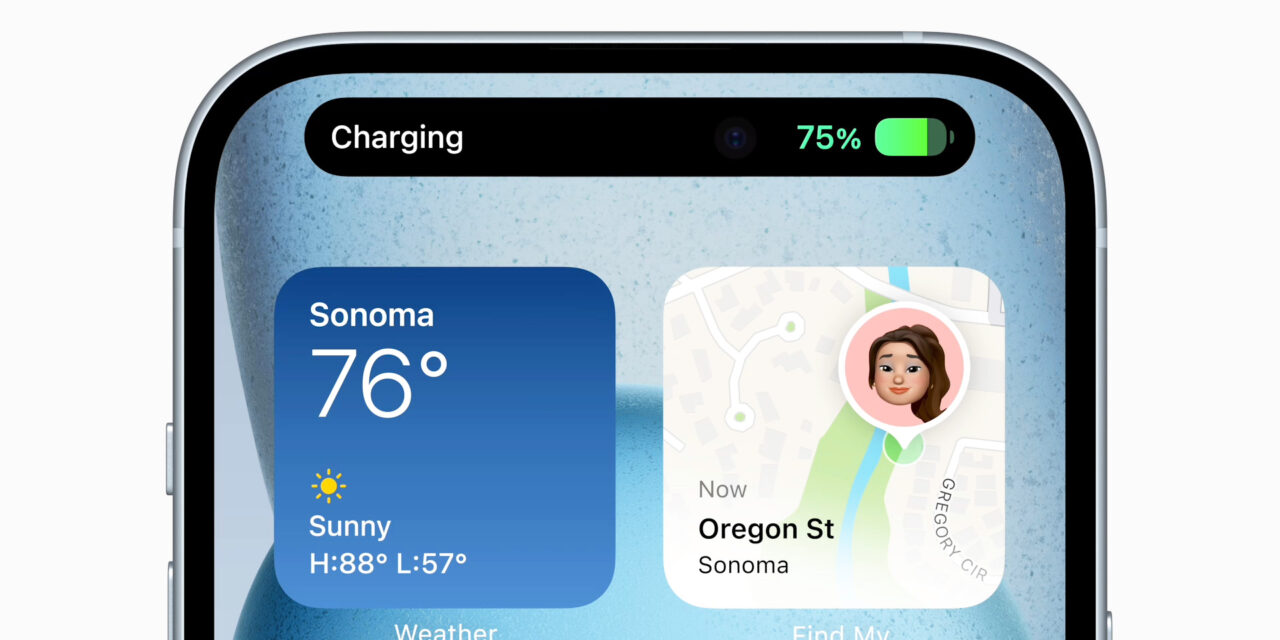In December, Bloomberg said Apple could release a 5G iPhone in 2020. While chip maker Intel already has a 5G modem suitable for the Apple smartphone, Apple has doubled-down on in-house modem development by restructuring some of its hardware teams.
According to a new report Thursday, the Cupertino tech giant recently charged its silicon wizard Johny Srouji with overseeing in-house modem development, which used to be led by Ruben Caballero under iPhone, iPad and Mac engineering lead Dan Ricco.
Reuters has the story:
Apple has moved its modem chip engineering effort into its in-house hardware technology group from its supply chain unit, two people familiar with the move told Reuters, a sign the tech company is looking to develop a key component of its iPhones after years of buying it from outside suppliers.
Apple is most likely going to combine its modem with its own iPhone processors. Including a modem in an A-series chip would save space and battery life, which is what Samsung and Huawei have been doing for some time now.
Srouji, who is Apple’s Senior Vice President of Hardware Technologies, has been instrumental in designing the company’s A-series chips powering iOS devices, W-series wireless chips in AirPods and some Beats headphones, T-series security chips in Macs and more.
Another excerpt form the Reuters report:
The Cupertino, California-based company has posted job listings for modem engineers in San Diego, a hub for wireless design talent because of Qualcomm’s longtime presence there and a place where Apple has said it plans to build up its workforce.
Apple’s effort to make its own modem chips could take years, and it is impossible to know when, or in what devices, such chips might appear.
While designing its own modems would cost Apple hundreds of millions of dollars, or more, per year in development costs, analysts say the move could save it money eventually.
Curiously, the current beta of iOS 12.2 includes a 5G E icon. 5G E, in case you don’t know, is AT&T’s misleading name for their upgraded version of the current 4G LTE network.
But wait, true 5G phones won’t be coming until later in 2019!

The carrier provided the following statement to MacRumors:
Today, some iPhone and iPad users could start seeing our 5G Evolution indicator on their devices. The indicator simply helps customers know when they are in an area where the 5G Evolution experience may be available.
We’re not surprised that AT&T would lie about its service: a few years back, its rival T-Mobile caused quite a stir by rolling out its own fake 4G icon across iPhones and other smartphones even though its network at the time was an upgraded HSPA+ rather than true 4G.
So in light of all this talk about 5G, why has AT&T made such an unfortunate decision to “upgrade” the regular 4G LTE icon to the 5G E on?
Igal Elbaz, the carrier’s SVP of Wireless Technology, said in January.
We’ve been talking about 5G Evolution for a while now. We were pretty public about what we were doing and what we were deploying.
What we’re trying to do is two things.
One is to let the customer know that they are in an enhanced experience market or area. So we’re letting them know this on the device. And there are close to 20 devices that support this.”
Needless to say, neither is AT&T actually offering a true 5G service nor do current iPhones feature a 5G-capable modem. And while it is true that AT&T began introducing its experimental 5G service in 2018, the carrier will not be rolling out true 5G commercially before 2020.
Thoughts?






Recent Comments